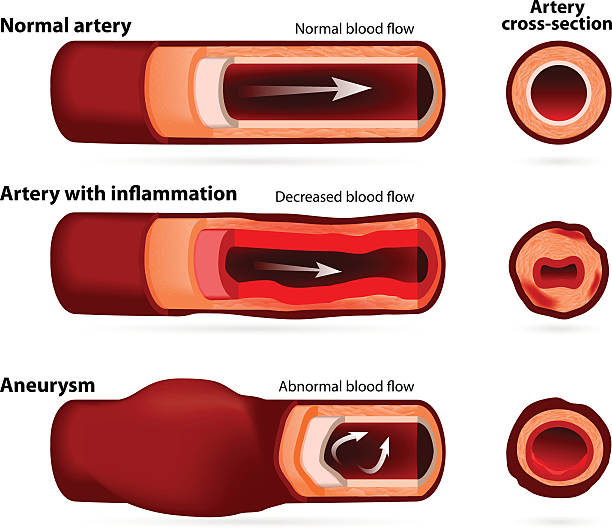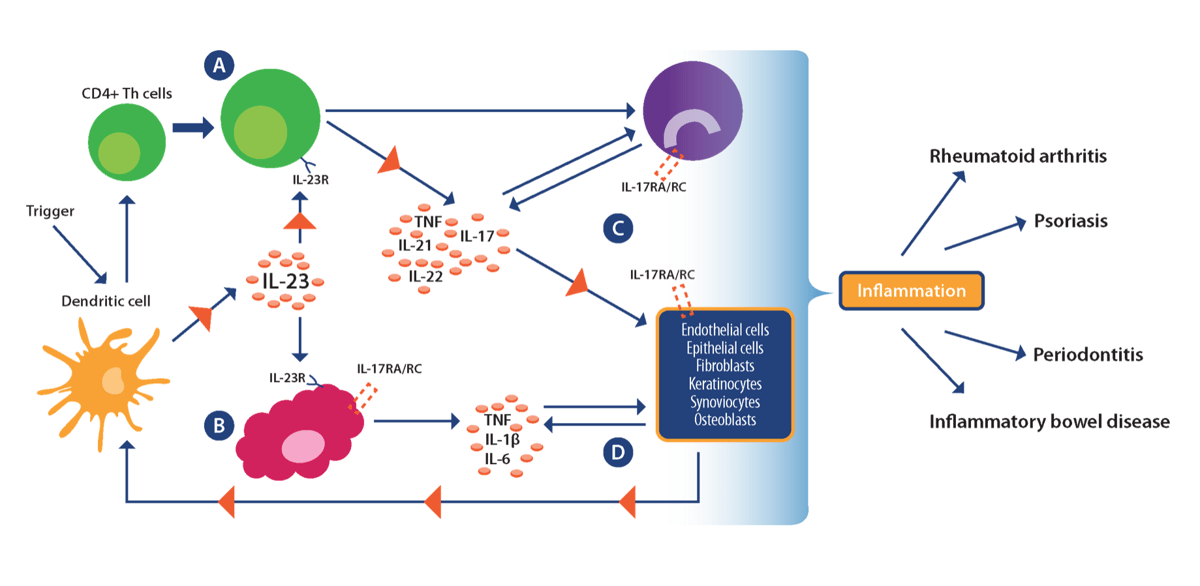Vasculitis
Vasculitis
Learning Objectives - Vasculitis- Describe the basic types of immune-mediated vessel injury.
- Describe the major disease entities of immune-mediated vasculitis including their epidemiology, pathogenesis, and histology.
- Describe the pathogens that directly affect blood vessels.

Introduction to Vasculitis
Vasculitis refers to inflammation of the blood vessel wall. Any type of vessel in any organ can be affected, although several vasculitides tend to affect vessels of particular sizes or locations. The signs and symptoms are often constitutional—fever, myalgias, malaise, and arthralgia.
Two common pathogenic mechanisms lead to vasculitis: 1. Immune-mediated inflammation 2. Direct invasion of the vessel wall by infectious pathogens
It is critical to differentiate between infectious and immunological mechanisms because immunosuppressive treatments can worsen infectious vasculitis.

Immune-Mediated Vessel Damage
Basic Types of Immune-Mediated Vessel InjuryImmune Complex Formation
- Antigen and antibody complexes—antigens usually unknown
- Can be caused by drugs (e.g., penicillin) or infections (e.g., Hepatitis B)
- Complexes bind to endothelium and activate the complement cascade, leading to vessel damage
Anti-Neutrophil Cytoplasmic Antibodies (ANCAs)
- Antibodies against primary granules in neutrophils such as proteinase 3 (PR3) and myeloperoxidase (MPO)
- Can be induced by drugs or cross-reactive microbial antigens
- Activated neutrophils spill contents that damage vessel walls
- Formation is induced by drugs or microbial antigens.
- Subsequent exposure to infection or endotoxins elicits cytokines that upregulate PR3 and MPO on neutrophils.
- The activated neutrophils cause damage to the endothelium.
Types of Vasculitis by Vessel Size
Large-Vessel VasculitisGiant Cell Arteritis (GCA)
- Typically affects individuals over 50 years old
- Symptoms: headache, visual disturbances, and jaw claudication
- Pathology: granulomatous inflammation of media with giant cells and lymphocytes; intimal thickening, and lumen narrowing
- Medical emergency; treated with corticosteroids
Takayasu Arteritis
- Common in young Asian women under 40 years old
- Symptoms: weak or absent pulse in upper extremities, systemic hypertension
- Pathology: granulomatous inflammation leading to narrowing of large arteries
Polyarteritis Nodosa (PAN)
- Affects kidneys, heart, liver, and GI tract (not lungs)
- Common in young adults
- Pathology: segmental transmural necrotizing inflammation leading to aneurysms and thrombosis
Kawasaki Disease
- Affects children under 4 years old
- Symptoms: fever, conjunctivitis, rash, mucositis, swollen hands/feet
- Pathology: resembles PAN but with less prominent fibrinoid necrosis
- Treated with immunoglobulin therapy and aspirin
Buerger's Disease (Thromboangiitis Obliterans)
- Affects young male smokers under 40 years old
- Symptoms: extremities pain, leading to ulcers and gangrene
- Pathology: segmental vasculitis extending to adjacent veins and nerves
- Smoking cessation is crucial for management
Microscopic Polyangiitis (MPA)
- Affects lungs, kidneys, and skin
- Pathology: necrotizing small vessel vasculitis without granulomas
- Associated with MPO-ANCA (p-ANCA)
Granulomatosis with Polyangiitis (GPA)
- Affects nasopharynx, lungs, kidneys
- Pathology: necrotizing vasculitis with granulomas
- Associated with PR3-ANCA (c-ANCA)
Churg-Strauss Syndrome
- Associated with asthma, allergic rhinitis, and peripheral eosinophilia
- Pathology: small vessel necrotizing vasculitis with eosinophils and granulomas
- Associated with MPO-ANCA (p-ANCA)
Henoch-Schönlein Purpura (HSP)
- Affects children 3-15 years old
- Symptoms: palpable purpura, abdominal pain, arthralgia, and kidney involvement
- Pathology: IgA immune complex deposition following upper respiratory infections
- Typically self-limiting, treated with steroids
Pathogens Directly Affecting Blood Vessels
- Fungal Infections
- Mucor: associated with diabetes and immunocompromised states
- Aspergillus: can form fungal balls in the lungs
- Bacterial Infections
- Pseudomonas
Conclusion
Vasculitis encompasses a wide range of diseases that involve inflammation of blood vessels, and understanding the underlying mechanisms is crucial for appropriate treatment. Differentiation between immune-mediated and infectious causes is critical to avoid potential complications from incorrect treatments.